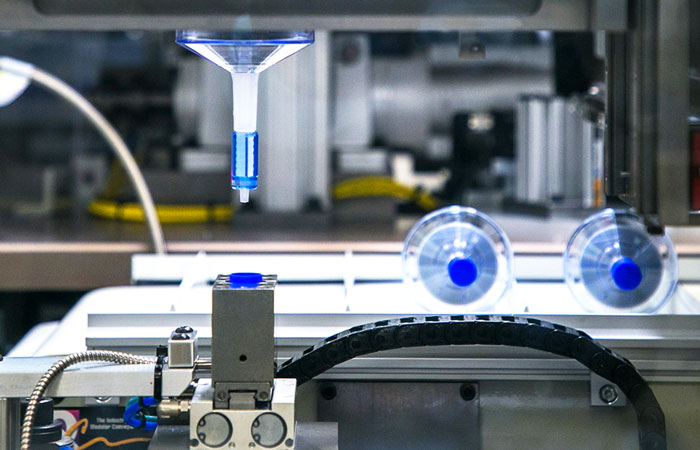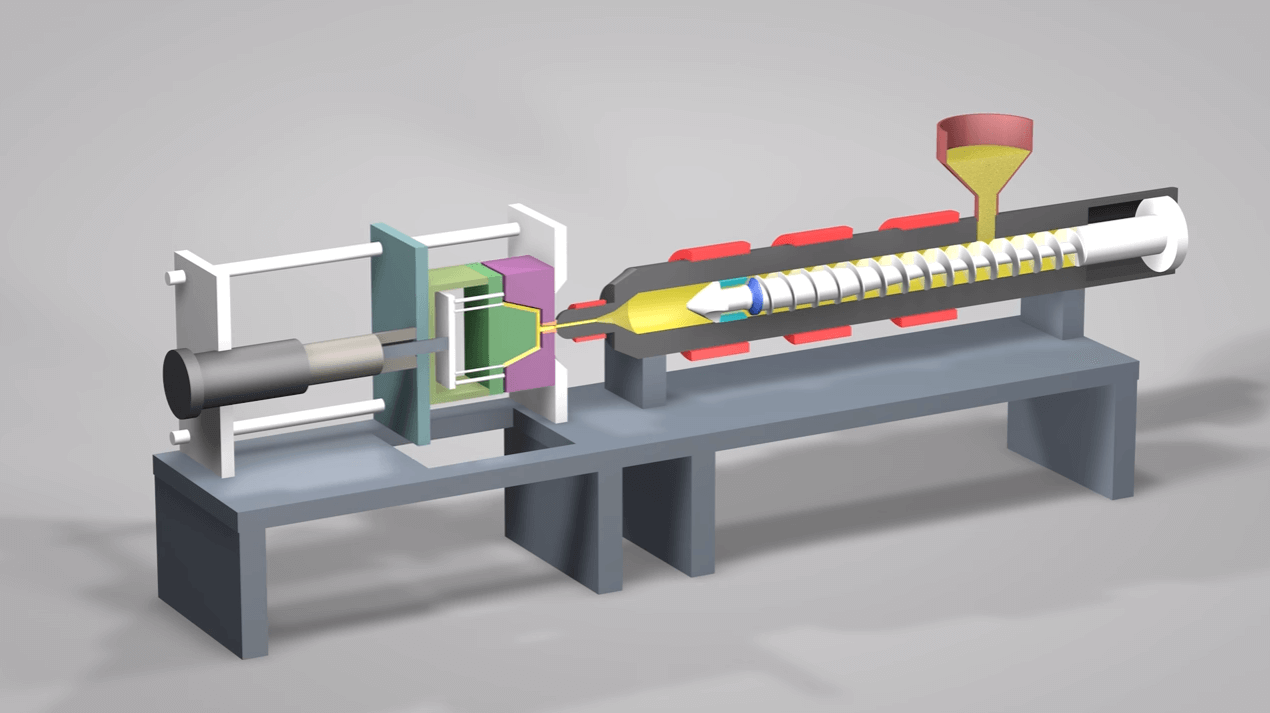Enhancing Product Advancement with Advanced Plastic Injection Molding Solutions
Enhancing Product Advancement with Advanced Plastic Injection Molding Solutions
Blog Article
Comprehending the Essentials of Plastic Injection Molding Processes
Plastic shot molding functions as a cornerstone of modern-day production, giving a systematic method to generating complex elements with accuracy. This process not only includes the fundamental actions of melting and infusing products right into molds however additionally involves a nuanced understanding of various influencing variables, such as temperature and pressure. As sectors increasingly require performance and quality, the ins and outs of this technique become more crucial. Exploring these vital components can disclose just how even small changes can lead to significant improvements in production outcomes, questioning about the potential for innovation in this established process.
What Is Plastic Shot Molding?
Plastic shot molding is a widely made use of manufacturing procedure that transforms thermosetting and thermoplastic products right into accurate and intricate shapes. This strategy is favored for its capability to generate high volumes of the same get rid of phenomenal precision, making it an indispensable approach in different industries, consisting of automotive, durable goods, and medical gadgets.
The procedure involves melting the selected plastic product and infusing it into a mold under high stress. The mold and mildew, designed to the specs of the wanted component, allows the molten plastic to materialize as it solidifies and cools. As soon as the product has actually set, the mold is opened up, and the completed part is expelled.
Plastic injection molding offers a number of advantages, consisting of lowered waste, consistency in production, and the capability to integrate complex layouts that might be testing with various other manufacturing approaches. In addition, it supports a broad variety of materials, each offering distinct residential or commercial properties that can be tailored for certain applications. As sectors remain to introduce, plastic shot molding stays at the forefront, enabling the advancement of advanced products that meet evolving consumer demands.
The Shot Molding Process
The shot molding process is a sophisticated technique that entails several essential stages to produce high-quality plastic elements. Initially, plastic pellets are fed into a heated barrel where they are melted right into a viscous liquid. This molten plastic is after that injected under high pressure into a precision-engineered mold and mildew, which shapes the material into the preferred kind.
When the mold and mildew is filled, the plastic is allowed to cool and strengthen, taking the form of the mold dental caries. Air conditioning time is vital, as it affects the cycle time and the last properties of the shaped part. After sufficient cooling, the mold opens, and the finished element is expelled using ejector pins.

Products Used in Injection Molding
Numerous materials can be made use of in the injection molding process, each offering unique properties that deal with details applications. One of the most typically made use of products consist of thermoplastics, thermosetting plastics, and elastomers.

Thermosetting plastics, like epoxy and phenolic resins, undertake a chemical change throughout the treating procedure, resulting in a stiff, inflexible framework. These materials are suitable for applications requiring high heat resistance and architectural integrity, commonly used in vehicle components and electrical insulators.
Elastomers, consisting of silicone and rubber-based materials, offer adaptability and resilience. Their distinct residential or commercial properties make them ideal for applications that require flexibility, such as seals and gaskets.
In addition, specialized products like bio-based plastics and composites are gaining traction for their environmental advantages and improved performance qualities, expanding the extent of injection molding applications in various industries. Comprehending the buildings of these products is essential for choosing the ideal kind for details projects.
Advantages of Injection Molding
Injection molding stands out as an extremely effective manufacturing process that supplies numerous advantages for producing complex get rid of precision. Among one of the most considerable benefits is the ability to create elaborate designs that would be challenging or impossible to achieve with other methods (Plastic Injection Molding). The process permits for limited resistances and comprehensive features, guaranteeing top quality components
Additionally, shot molding is recognized for its rapid manufacturing abilities, making it an optimal choice for high-volume manufacturing. Once the mold is developed, parts can be created quickly, decreasing lead times and enhancing general efficiency. This efficiency not just lowers manufacturing prices but additionally gives an one-upmanship in the market.
The versatility of materials used in shot molding further improves its appeal. A wide variety of thermoplastics and thermosetting polymers can be employed, permitting producers to choose products that finest fulfill their particular demands, consisting of adaptability, stamina, and warmth resistance.
Furthermore, the procedure reduces waste, as excess product can frequently be recycled and reused. This sustainability facet adds to a decreased ecological effect, making injection molding a responsible manufacturing option. Generally, the advantages of injection molding make it a preferred technique for numerous industries.
Aspects Affecting Product High Quality
While countless variables can influence product quality in injection molding, comprehending these aspects is critical for achieving ideal results. Secret elements include material choice, processing specifications, and mold style.
Material choice plays a crucial function, as different polymers display distinct reference buildings that affect flowability, strength, and thermal security. Poor product option can result in problems such as warping or incomplete dental filling.
Handling specifications, including cycle, stress, and temperature time, should be meticulously controlled. Variants in these settings can result in incongruities partially dimensions and surface coating. Exceedingly high temperatures may cause destruction of the polymer, while insufficient pressure can result in brief shots.
Mold design is just as essential, as it determines the circulation of the molten plastic and the cooling process. Inadequately developed molds might lead to irregular cooling prices, leading to recurring anxieties and dimensional inaccuracies.

Conclusion
In final thought, plastic injection molding works as a vital manufacturing process that allows the efficient production of top quality components. Mastery of the shot molding procedure, consisting of the understanding of materials and the influence of various variables on item top quality, is necessary Get More Info for achieving optimum results. The advantages of this method, such as cost-effectiveness and layout adaptability, more highlight its importance across multiple sectors, strengthening its condition as a recommended choice for high-volume production.
Plastic shot molding serves as a cornerstone of modern production, supplying a methodical approach to producing intricate elements with precision.Plastic shot molding provides several benefits, including reduced waste, uniformity in production, and the capacity to integrate intricate layouts that may be testing with other making techniques (Plastic Injection Molding). As industries proceed to innovate, plastic injection molding remains at the leading edge, making it possible for the growth of sophisticated items that satisfy evolving consumer needs
The injection molding procedure is a sophisticated strategy that involves a number of key phases to generate top notch plastic components.In final thought, plastic shot molding serves as an essential manufacturing procedure that makes it possible for the effective production of high-quality elements.
Report this page